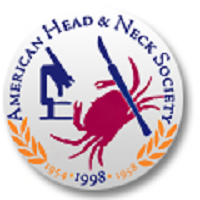2022 Multidisciplinary Head and Neck Cancers Symposium
We’re heading to the JW Marriott Phoenix Desert Ridge Resort and Spa in Phoenix from February 24-26 for the 2022 Multidisciplinary Head and Neck Cancers Symposium and we’d like you to join us. This meeting brings together all treatment specialties for a comprehensive look at the latest science and treatments for head and neck cancers. …


